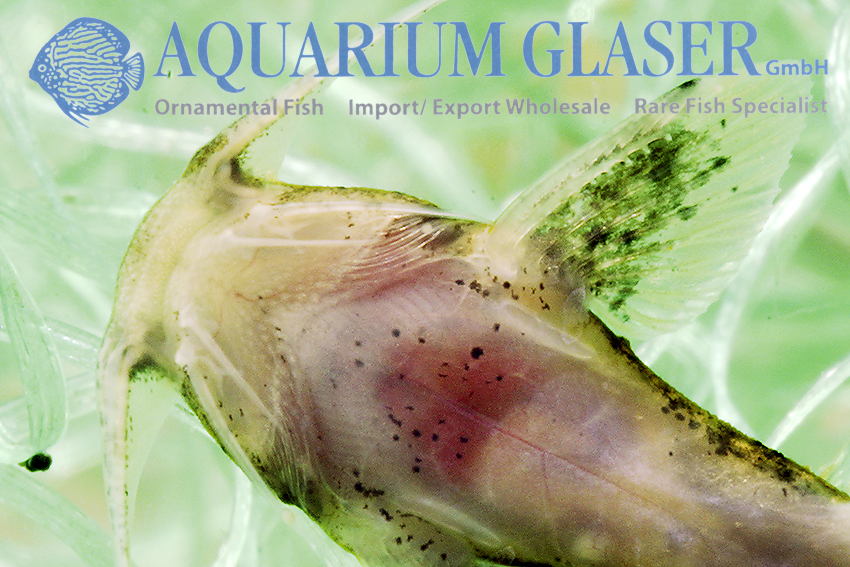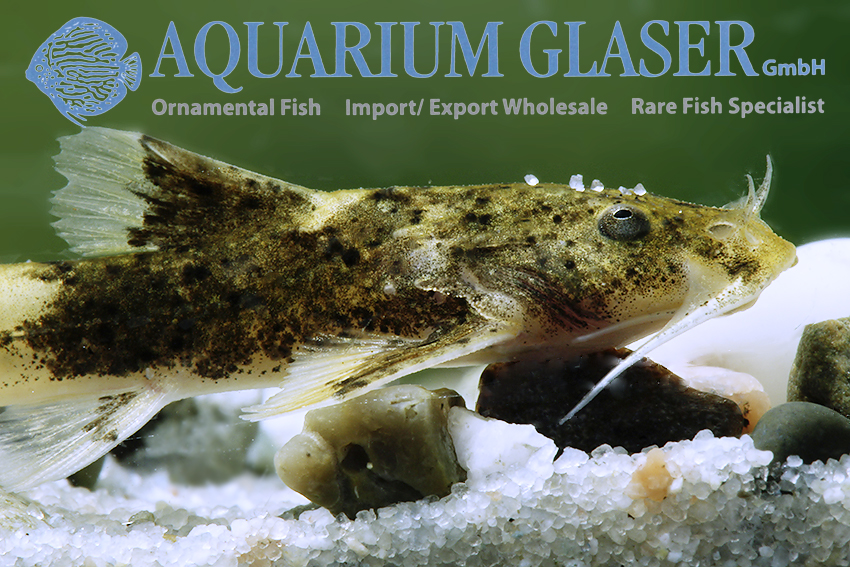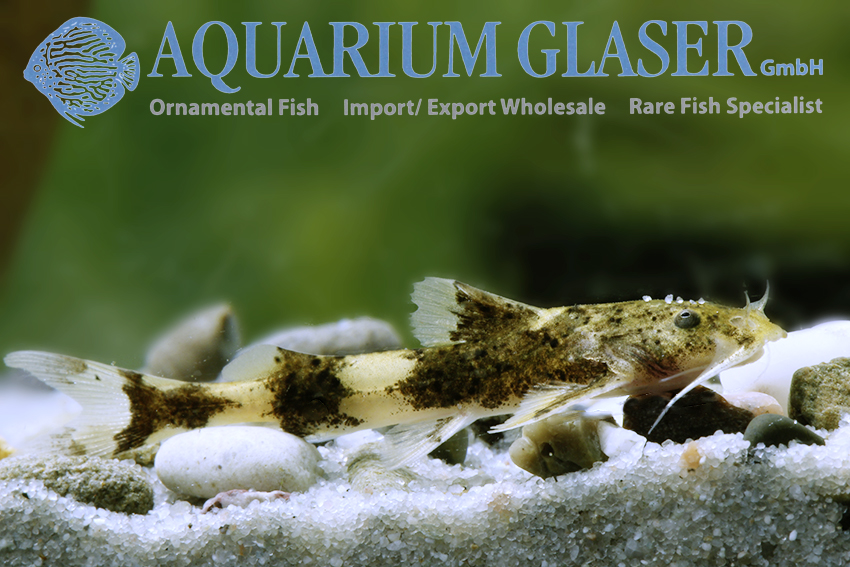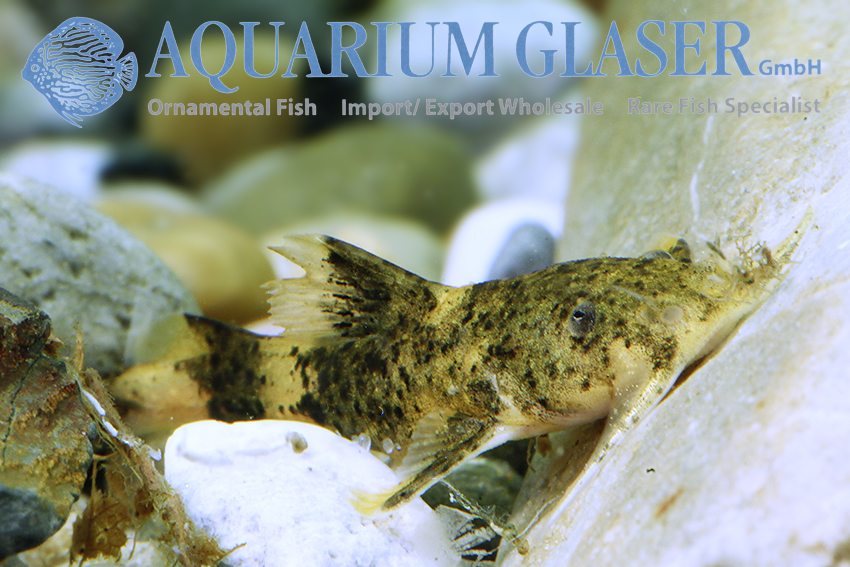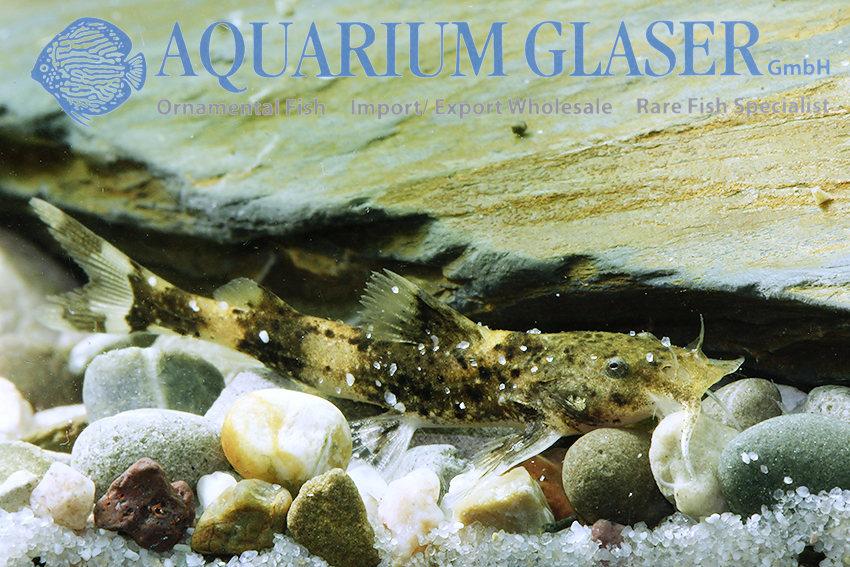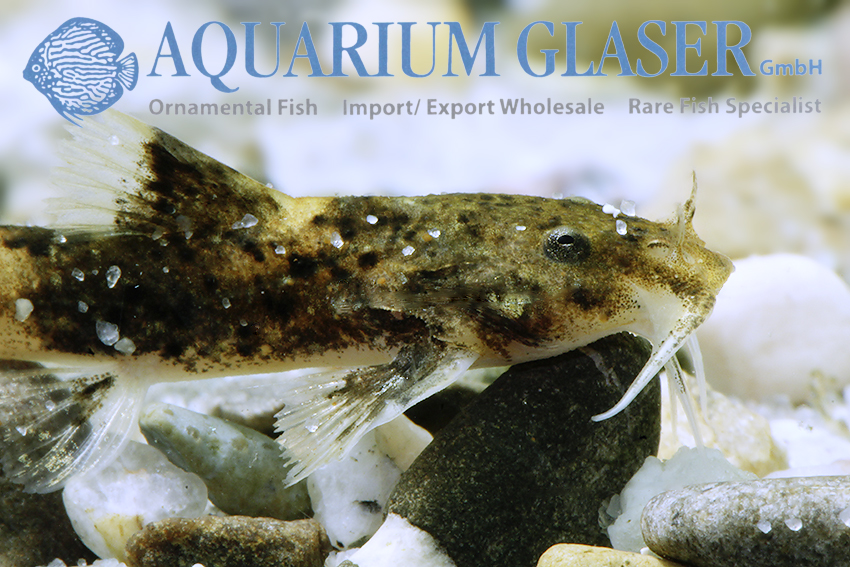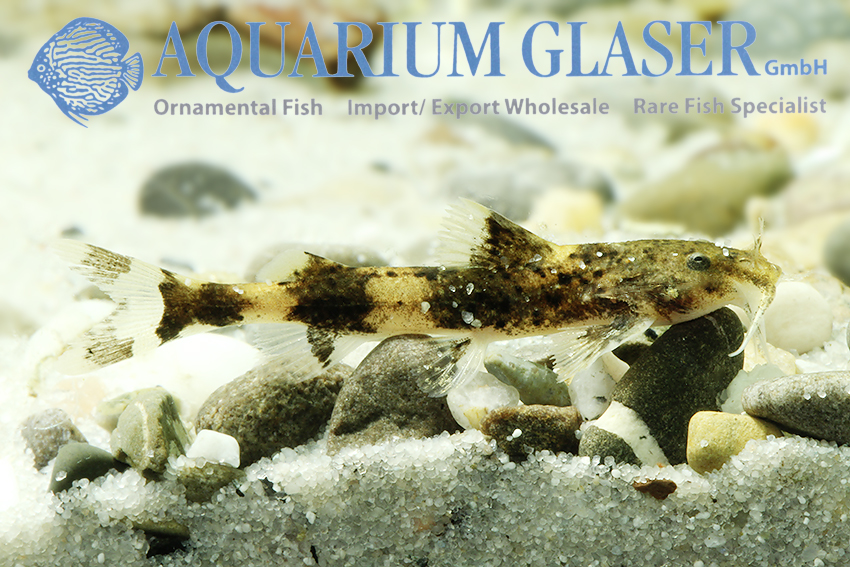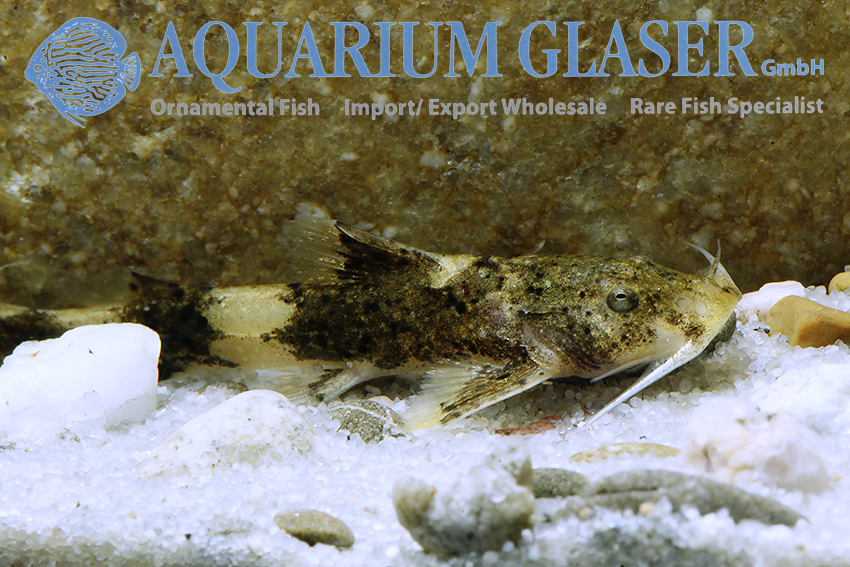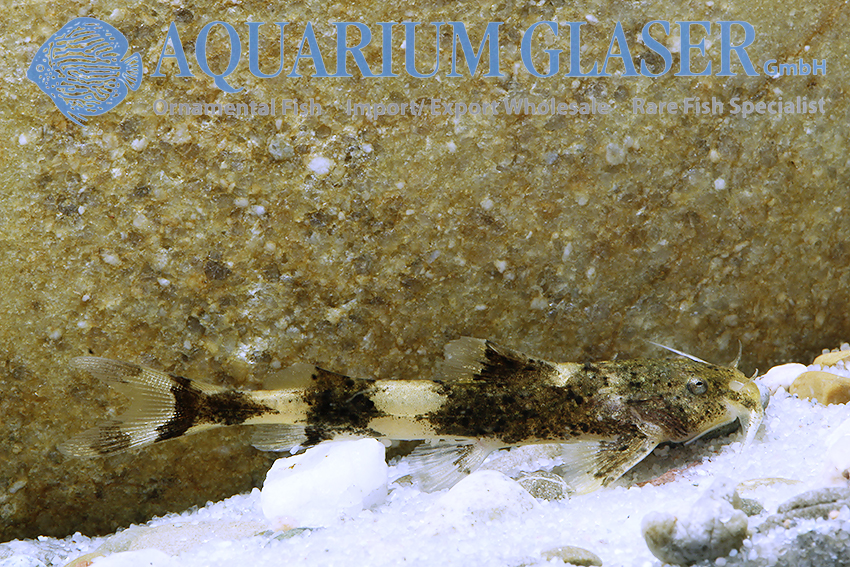The belly sucker catfishes (Glyptothorax) are almost unknown in aquaristics. It is a very species-rich group (over 100 accepted plus probably still numerous undescribed species) of mostly small, current-loving catfishes. The extremely sparse care experiences with these catfishes show that they are (as with many stream fishes) sensitive animals, which tolerate neither stronger organic pollution nor the accompanying bacterial load. In other words: the largest possible, well acclimated, vigorously filtered and sparsely stocked aquariums are the basic prerequisite for the long-term successful care of these fish.
Concerning the compatibility it is to be said that neither other species nor conspecific fish are bothered. As flowing water inhabitants they are adapted to sandy substrate (in which they also sometimes burrow) with larger stones. Chemical water composition is incidental, but remember that hard, alkaline water provides more favorable living conditions for many bacteria than soft, acidic water. Therefore, because of their sensitivity to bacterial infections, we recommend soft to medium hard water and a pH between 6 and 7. These fish are also demanding in terms of diet. Dry food and granulates are hardly accepted, at least not during acclimation. Preferably live food is given (white mosquito larvae and adult Artemia are ideal for hygienic reasons, but the animals also like to eat Tubifex and red mosquito larvae, plus mayfly larvae and various small crustaceans), later the animals also take frozen food.
From South India (Kerala) we have now received 2-3 cm long juveniles of a Glyptothorax species, which is tricky to determine. Unfortunately all Glyptothorax from Kerala have to be considered as endangered species, because the distribution areas are small and pollution by industry and agriculture is increasing everywhere; the few specimens caught for aquaristsics do not pose a threat to the free-living population, that much can be considered as certain.
But which species have we imported? Of the Glyptothorax species reported from South India so far, G. lonah, G. trewavasae, G.poonaensis, G. elankadensis, G. davissinghi and G. annadalei can be excluded because they have a completely different pattern, while G. madraspatanus, G. malabarensis, G. anamaliensis and G. housei roughly correspond to our animals in terms of body coloration. Since we received only juveniles (all mentioned species grow to about 10 cm) we decided to call them G. cf. housei for the time being, to which they correspond most closely in coloration at present.
For our customers: the animals have code 418053 on our stocklist. Please note that we supply exclusively to wholesalers. Only a few specimens available!
Text & photos: Frank Schäfer





